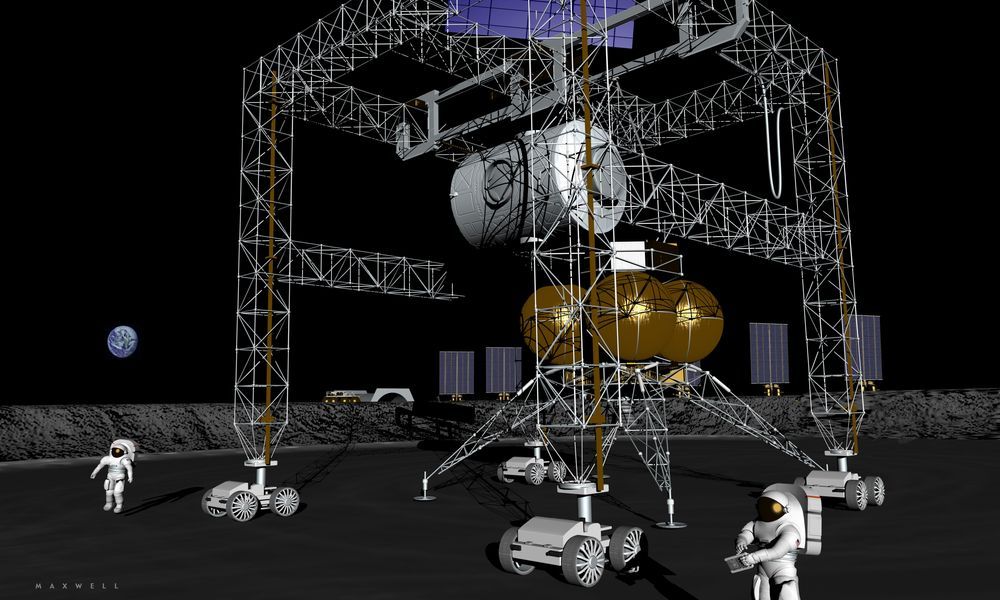Feb 18, 2019
Investors bet billions on health-care start-ups with paltry publication records
Posted by James Christian Smith in categories: biotech/medical, health, policy
I remember the #DotCom crash all too well.
The publication record of health-care start-up companies doesn’t seem to matter to investors, according to an analysis of nearly 50 biomedical ‘unicorns’ — venture-capital-backed companies valued at more than US$1 billion. The analysis, led by health-policy researcher John Ioannidis at Stanford University in California, finds no correlation between a company’s market valuation and its publication record — defined as the number of peer-reviewed papers authored directly by a firm. That’s a cause for concern, the authors say.
Firms can achieve fêted ‘unicorn’ valuations without publishing much peer-reviewed science. Health-care start-ups can reach billion-dollar valuations without publishing in peer-reviewed journals, but skipping that step can catch them out.


















